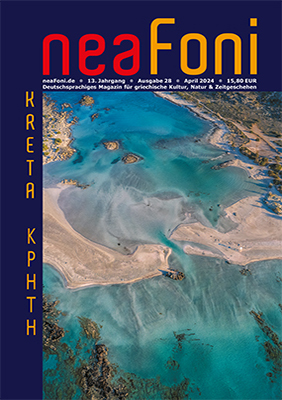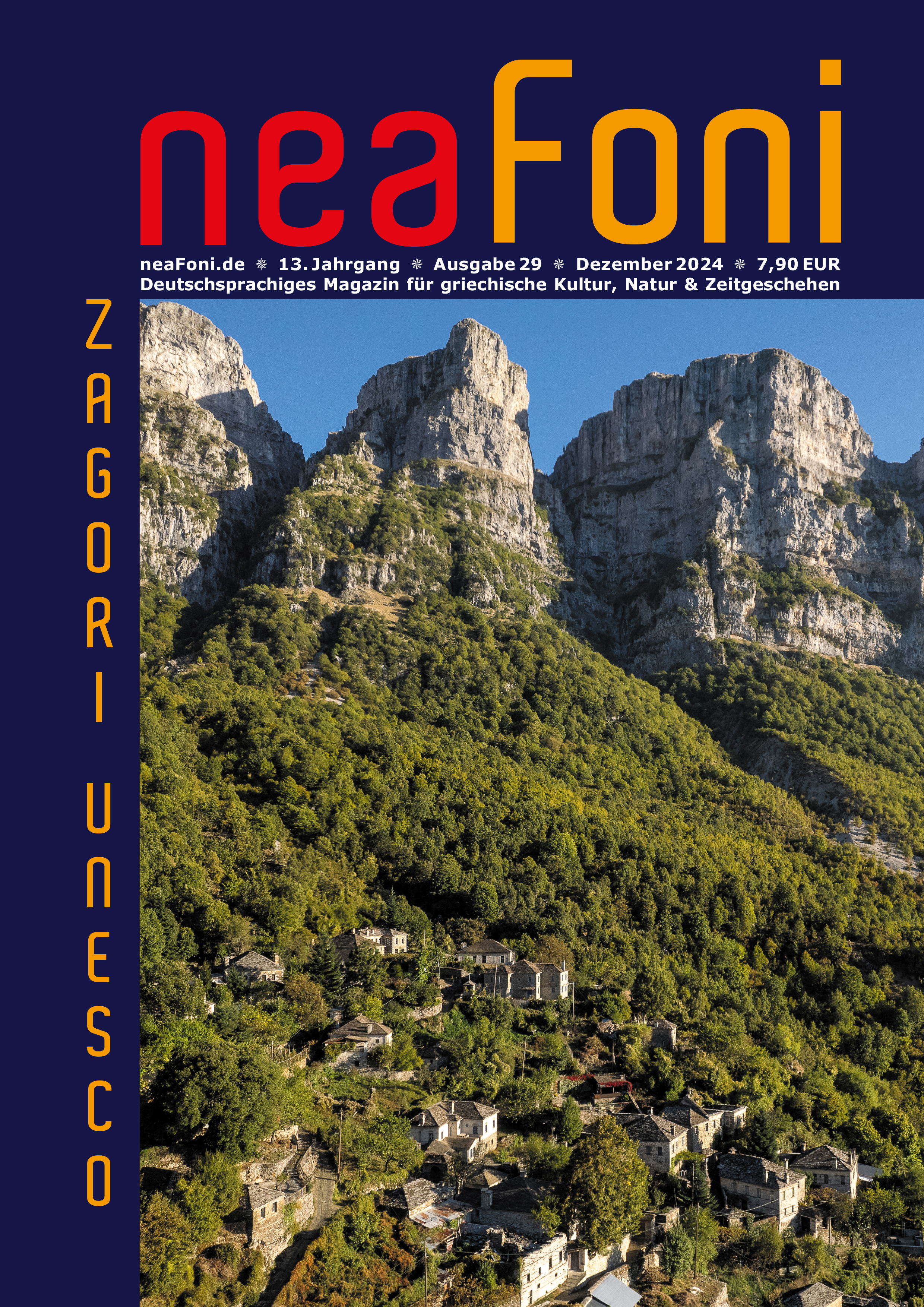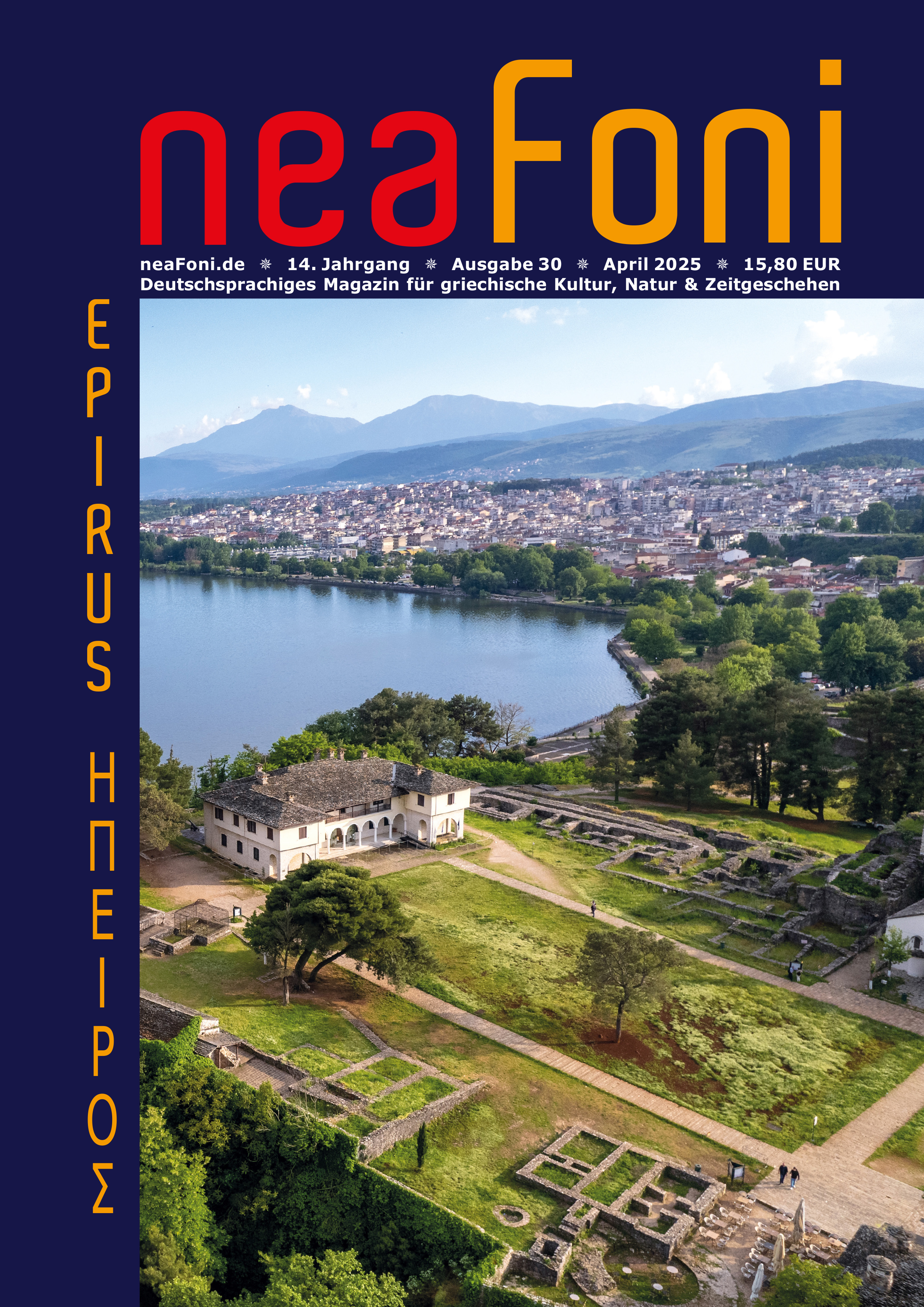Bis heute ist der Name Olympia untrennbar verbunden mit dem heute weltweit bedeutendsten Sportereignis, den Olympischen Spielen, die hier, in der Region Elis auf der Peloponnes ihren Ausgangspunkt haben. Die Ursprünge der Wettkämpfe im fruchtbaren Land am Zusammenfluss der Flüsse Alpheios und Kladeos reichen bis ins 2. Jt. v. Chr. zurück. In der Mitte des 11. Jh. v. Chr. entstand dann am Kronoshügel mit seinem heiligen Hain das Heiligtum des Zeus. Zunächst wurden zu Ehren des Gottes wohl nur Wettläufe durchgeführt, die anderen Disziplinen kamen erst nach und nach dazu. Die Olympiaden als Festspiele wurden nach der traditionellen antiken Datierung im Jahr 776 v. Chr. eingeführt und alle vier Jahre ausgetragen. Während den Wettkämpfen galt der Olympische Frieden, eine Vereinbarung der griechischen Stämme, nach der 10 Monate vor den Spielen bis zu ihrem Ende jegliche Kriegshandlungen zu unterlassen oder zu unterbrechen waren um den Ablauf der heiligen Spiele nicht zu gefährden.
Im 6. Jh. v. Chr. wurde der dorische Heratempel errichtet, an dessen Altar seit 1936 alle 4 Jahre das Olympische Feuer angezündet und mit der Olympischen Fackel von hier aus von unzähligen Läufern bis an den jeweiligen Austragungsort der Olympischen Spiele getragen wird. Im 5. Jh. v. Chr. wurde der große Zeustempel erbaut, der die berühmte Zeusstatue des Phidias beherbergte, eines der sieben Weltwunder der Antike.
Der Zeustempel wurde durch mehrere Erdbeben zerstört. Nur seine mächtigen Säulentrommeln, Fundamente und eine im Rahmen der in Griechenland ausgetragenen Olympiade von 2004 wieder aufgerichtete Säule lassen seine einstige Größe erahnen. Die wunderschönen Giebelfiguren und viele weitere Fundstücke sind heute im Archäologischen Museum in Olympia zu bewundern.
OLYMPIA - Archäologische Stätte - UNESCO
264 Wörter 1 Minute 2.656 × gelesen
136 Bilder für das Keyword Olympia gefunden.





